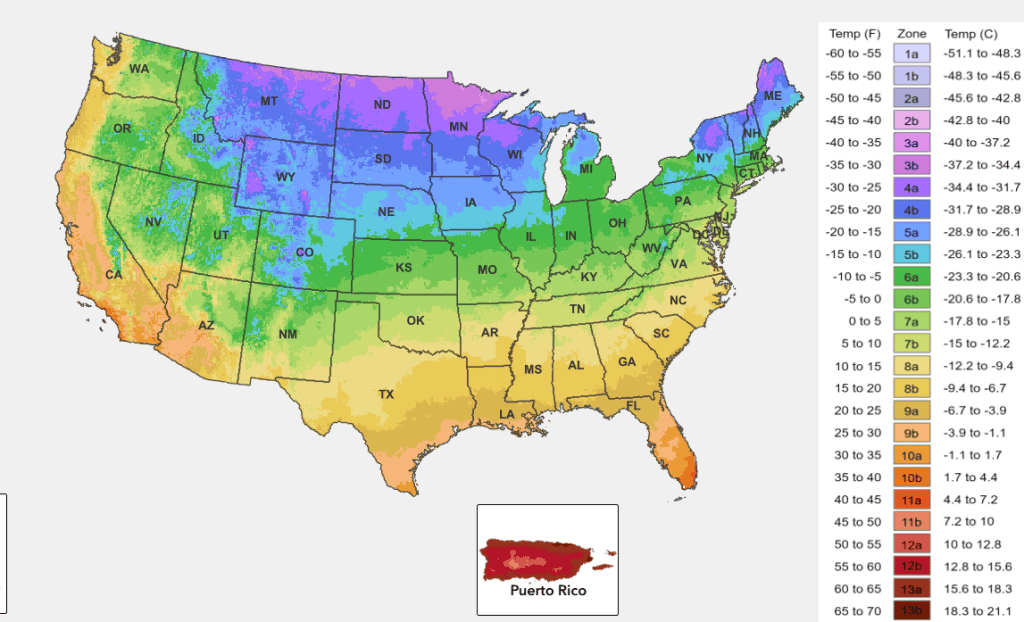Few things give off tropical vibes quite like a pineapple plant in your home or garden. These spiky, exotic beauties are surprisingly easy to grow, and with a little love (and patience), you could have your very own pineapple to harvest. Whether you’re dreaming of growing pineapples indoors as a quirky houseplant or adding them to your outdoor garden, this guide will cover everything you need to know about pineapple plant care, from planting a pineapple top to maintaining your plant’s health.
This post contains affiliate links. If you purchase through these links, I may earn a small commission at no additional cost to you. As an Amazon Associate, I earn from qualifying purchases.
What is a Pineapple Plant?
First things first: pineapples don’t grow on trees. Despite the common misconception, a pineapple plant isn’t a tree—it’s a bromeliad. Bromeliads are a family of tropical plants known for their vibrant, exotic look, and the pineapple is the crown jewel of the family. Pineapples grow close to the ground on short, stout plants with a rosette of spiny leaves, and the fruit emerges from the center.

The ornamental pineapple plant, which is just a decorative version of the regular pineapple, can also be a gorgeous addition to your home decor.


Pineapple Plant Basics: Where Do Pineapples Grow?
Pineapples thrive in warm, tropical climates. Naturally, they grow in places like Hawaii, the Philippines, and parts of Central and South America. However, you don’t need to live in the tropics to grow pineapples. You can cultivate them in your backyard if you have warm weather or indoors as an eye-catching houseplant.
Using the USDA’s plant hardiness zones, pineapples can be grown outdoors without fear of cold damage in zones 10 and above. This only includes a limited section of the U.S. mainland, including South Florida, Far Southern Gulf Coast Texas, and parts of Southern California. However, those in zone 9 (most of Florida, Southern Georgia, Louisiana, parts of Texas and California) may also do fine with outdoor growing except during the most extreme cold snaps.

Don’t despair if you live in a cooler climate. By planting pineapple in a pot, you can move them inside during the winter or more easily protect it during chillier weather.
How to Grow a Pineapple Plant: Step-by-Step Guide
1. Starting with a Pineapple Top

The most fun (and eco-friendly) way to grow a pineapple plant is by using a pineapple top from a store-bought fruit. Here’s how:
- Choose a ripe pineapple. Look for a pineapple with a healthy, green crown. Avoid crowns with yellowing or browning leaves.
- Twist off the top. Hold the crown (the leafy part) and twist it firmly until it pops off.
- Remove lower leaves. Peel away a few of the bottom leaves to expose about an inch of the stem. This is where roots will grow.
- (Optional) Dry the top. Some growers like to let the pineapple top dry for a couple of days to prevent rot. However, others skip this step and go directly to rooting in water (or even soil).
- Root in water. Place the base of the crown in a glass of water, ensuring the exposed stem is submerged while the leaves stay dry. Change the water every few days, and in about two weeks, you should see roots forming.
- Plant in soil. Once roots are about 2-3 inches long, plant the crown in a pot with well-draining soil.
2. Growing Pineapple Plants in the Ground or Pots

- Outdoor Pineapple Plant Care: If you’re planting outside, choose a sunny, well-drained spot. Pineapples love sandy soil, so amend heavy soils with sand to improve drainage. Space each plant about 1-2 feet apart.
- Indoor Pineapple Plant Care: Use a large pot (at least 12 inches wide and deep) with drainage holes. Pineapples don’t like sitting in water, so make sure excess moisture can escape. Place your indoor pineapple plant near a sunny window or supplement with a grow light.
3. Watering Pineapple Plants
Water your pineapple plant sparingly. The soil should be allowed to dry out slightly between waterings. Overwatering can lead to root rot, especially in indoor pineapple plants. Think of it like this: pineapples are desert-friendly plants that enjoy a good soak but hate wet feet.
4. Feeding Your Pineapple Plant
Pineapple plants are light feeders but appreciate occasional fertilizing. Use a balanced liquid fertilizer every 6-8 weeks. If you’re growing an ornamental pineapple plant, a general-purpose houseplant fertilizer will work just fine.
5. Patience Pays Off

Growing pineapples is a slow process. From planting to fruiting, it can take anywhere from 18-24 months for your pineapple plant to produce fruit. Yes, it’s a long wait, but the joy of harvesting your own pineapple makes it worth it!
Indoor Pineapple Plant Care Tips

When growing pineapples indoors, you might face unique challenges. Here’s how to keep your plant happy inside:
- Light: Pineapple plants need a lot of light—aim for 6-8 hours of bright sunlight per day. If natural light is limited, a full-spectrum grow light is your best friend.
- Humidity: While pineapples are drought-tolerant, they still love a humid environment. Mist the leaves occasionally or use a humidity tray.
- Repotting: If your indoor pineapple plant outgrows its pot, repot it into a larger container every 1-2 years.
Common Questions About Growing Pineapples
Do Pineapples Grow in the Ground?
Yes, pineapples grow in the ground, but not in the traditional sense of underground crops like carrots. Pineapples grow on the surface, supported by a central stalk, surrounded by spiky leaves.
Can You Grow Pineapples from Seed?
Technically, yes, but it’s not common. Pineapple seeds are tiny and tricky to germinate. Most people opt for planting a pineapple top or buying a young plant instead.
What’s the Difference Between Ornamental Pineapple Plants and Regular Pineapple Plants?
Ornamental pineapple plants are bred for their striking foliage and tiny, non-edible fruits. They make excellent houseplants but aren’t ideal if you’re hoping for a homegrown snack. Regular pineapple plants, on the other hand, are grown for their delicious fruit.
Pineapple Problems and How to Fix Them

Even the best pineapple plant care won’t prevent occasional issues. Here are some common problems and their solutions:
- Yellowing Leaves: Likely a sign of overwatering. Let the soil dry out and adjust your watering schedule.
- Brown Leaf Tips: Could mean your plant isn’t getting enough humidity or has too much salt buildup from fertilizer. Rinse the soil with distilled water and mist the plant.
- No Fruit After 2 Years: Pineapples need plenty of light to produce fruit. Try moving your plant to a sunnier spot or increase its light exposure with a grow light.
Why You Should Grow Pineapples


Pineapple growing isn’t just about the fruit (though that’s a major perk). Pineapple plants are strikingly beautiful, easy to care for, and make a fun conversation starter. Plus, there’s nothing more satisfying than turning a pineapple top that would’ve been composted into a thriving, fruit-bearing plant.
So, whether you’re looking to add a tropical vibe to your indoor garden or curious about growing pineapples outdoors, now’s the time to grab a pineapple, twist off the top, and get started. With a little patience and the right pineapple plant care, you’ll be well on your way to creating your own tropical goodtime grower experience.

